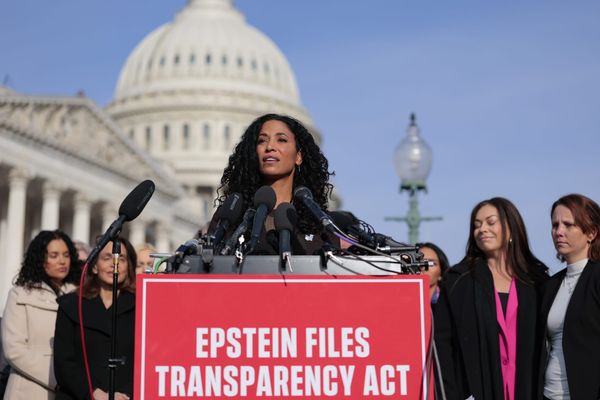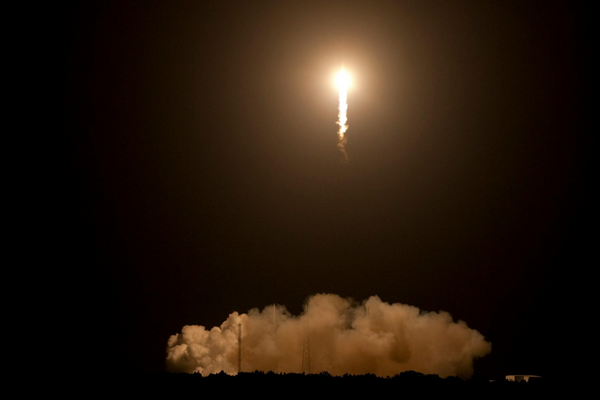
Valued at $1.47 trillion, Tesla (TSLA) has always been known for its core electric vehicle (EV) business. But 2025 is shaping up to be a defining year for the company’s next big growth opportunities: artificial intelligence (AI) and energy. CEO Elon Musk envisions Tesla not just as a car manufacturer, but as a key player in the future of AI-powered mobility and energy infrastructure. Let’s find out how he plans to capitalize on this trillion-dollar opportunity.

The Path to a Trillion-Dollar Opportunity
While Tesla’s automotive business sets the foundation, its AI ambitions extend well beyond cars.
The Optimus humanoid robot is a daring attempt to commercialize AI in physical robotics. Musk claimed that Optimus is one of the most complex engineering challenges Tesla has ever undertaken. Unlike traditional robots, Optimus incorporates advanced AI with arms, legs, and sensors, leveraging lessons learned from Tesla’s self-driving cars. The company expects prototypes by the end of 2025, with manufacturing rising to perhaps 1 million units per year within five years.
In a bold declaration, Musk stated that AI and robotics could constitute up to 80% of Tesla’s future value.
The Energy Connection
While AI and robotics drive Tesla’s next stage of technical progress, energy solutions remain a critical component. Autonomous vehicles, AI compute operations, and robotics all demand reliable, scalable energy solutions, which Tesla’s Megapack and developing manufacturing capabilities may help with. The company is also expanding U.S. manufacturing capacity, with plans to open its first LFP cell plant by the end of the year and a third megafactory outside Houston in 2026, boosting its energy infrastructure and supply chain resilience.
While Musk’s vision is admirable, Tesla’s expansion into AI, robots, and energy faces immediate challenges. Tesla’s core EV business is struggling. In the most recent second quarter, automotive revenue declined 16% year-over-year to $16.6 billion. Total revenue in the quarter declined 12% year-on-year to $22.5 billion, led by a 13.5% drop in vehicle deliveries. Adjusted net income fell 23% in the quarter.
Furthermore, regulatory changes and tariffs pose operational challenges, and the company is adjusting its supply chains and incentives accordingly. Despite these challenges, Tesla continues to invest extensively in research and development, AI compute infrastructure, and product scaling, including the Cybertruck, Semi trucks, and energy deployment infrastructure, with annual capital expenditures expected to surpass $9 billion in 2025.
Surprisingly, even after Musk predicted “a few rough quarters” ahead during the Q2 earnings call, Tesla shares have gained positive momentum this year. While the stock has gained 5.4% year-to-date, it has surged 23% in the last month alone.
Much of that can be credited to the recent news surrounding the company. Tesla’s board has proposed a $1 trillion pay package for Elon Musk, with a condition that Tesla achieves about $7.5 trillion in market capitalization over the next decade. Musk views this proposal as a means to maintain control over Tesla’s future, especially concerning its ambitions in robotics and AI. This move has garnered investor attention and contributed to the stock’s positive momentum.
Furthermore, Musk’s recent purchase of $1 billion worth of Tesla stock has been interpreted by investors as a strong vote of confidence in Tesla’s future. This move has further fueled positive sentiment around the stock.
What Do Analysts Say About Tesla Stock?
Wall Street remains cautious, rating Tesla a “Hold” due to its sky-high valuation. Even though analysts predict earnings to increase by 43% in 2026, a forward price-earnings multiple of 182x doesn’t seem justified. The current business is struggling, and it could take years before Musk’s vision turns into reality.
Of the 42 analysts covering the stock, 13 recommend it as a “Strong Buy,” two as a “Moderate Buy,” 17 as a “Hold,” and 10 as a “Strong Sell.” Tesla has surpassed its average analyst target price of $317.28. The high price estimate of $548 implies that the stock can rise by 29% in the next 12 months.

The Key Takeaway
Management noted in the second quarter that while challenges exist, the strategic focus on AI and energy ensures Tesla remains well-positioned for significant long-term growth. If carried out successfully, these initiatives could push Tesla into unexplored financial territory. Musk and his team believe that mastery in vehicle autonomy, humanoid robotics, and intelligent energy systems could make Tesla the most valuable company in the world. While this is possible, it is also a game of time and patience. Investors with a high risk appetite who can stomach the volatility might want to hold on to the stock to see Musk’s vision turn to reality.







